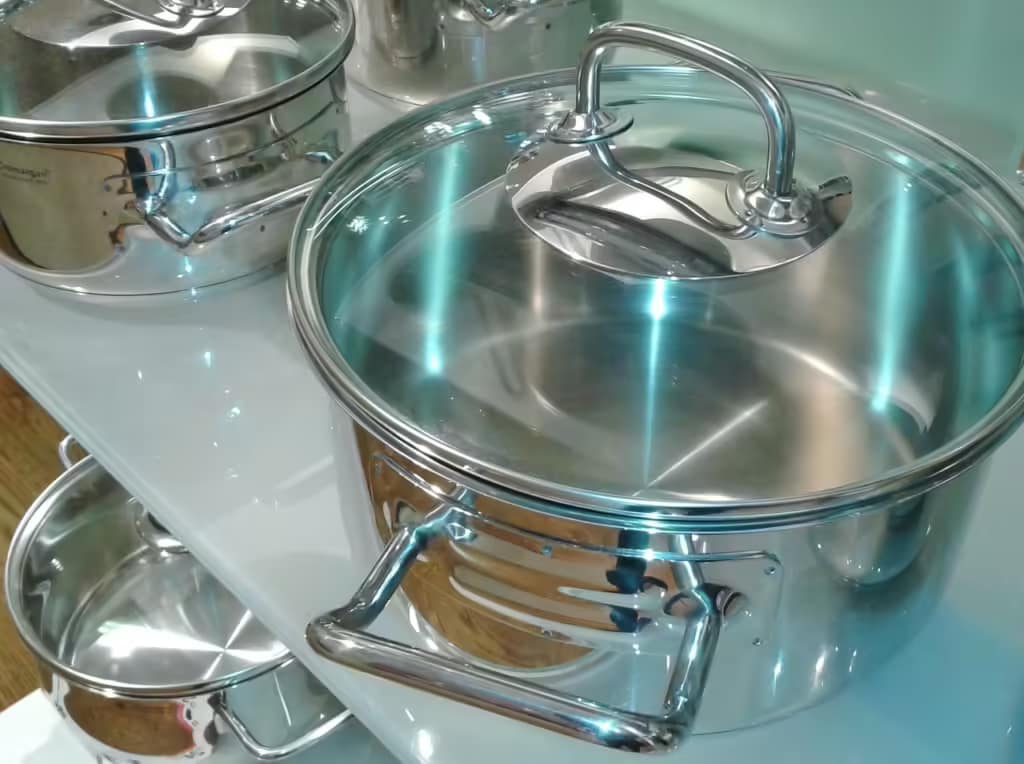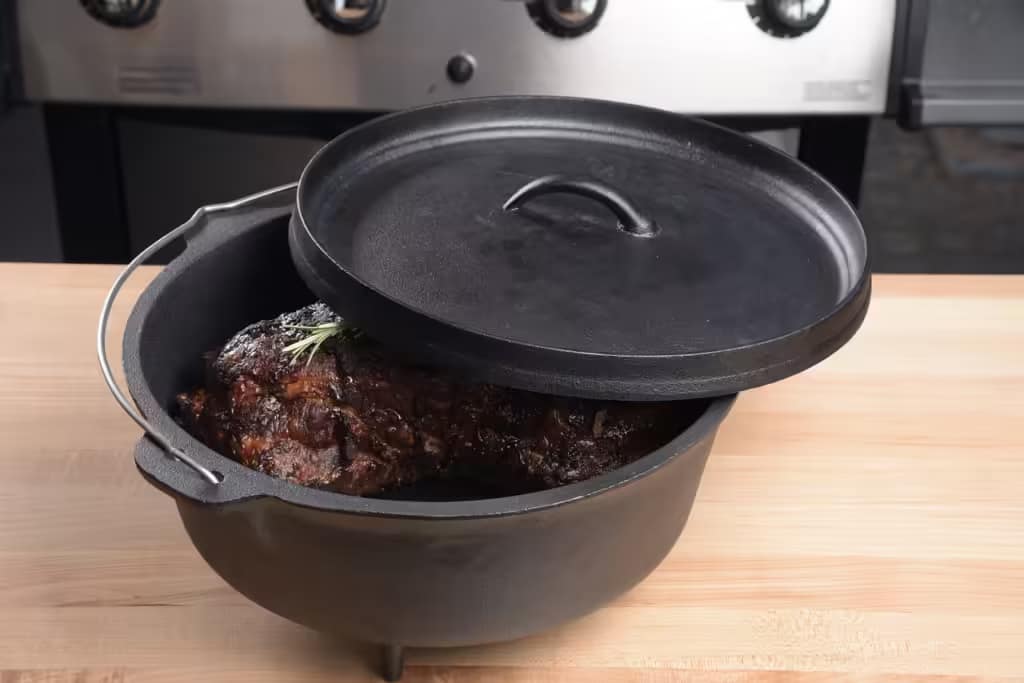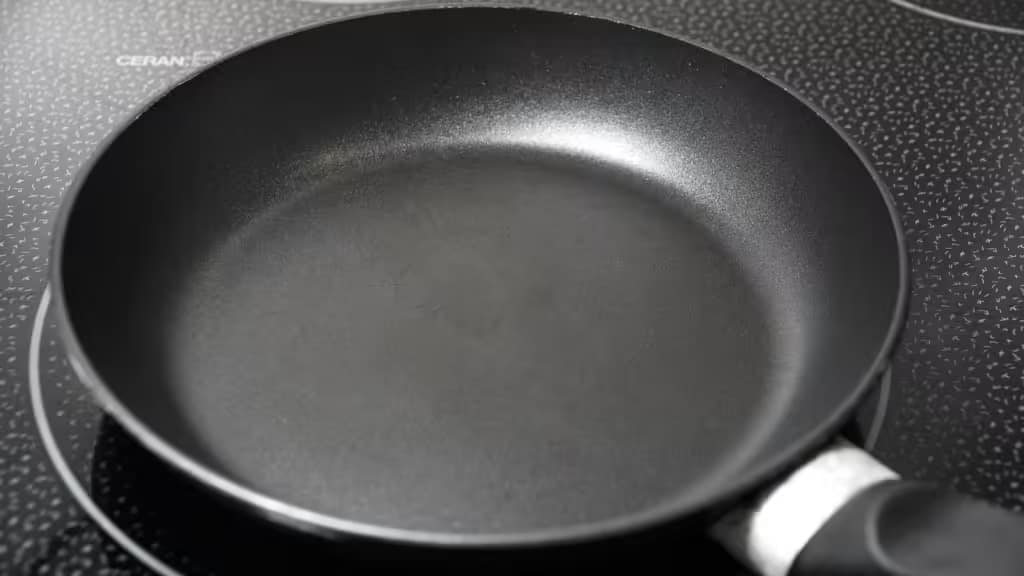Cookware matters so much in cooking as the type of cookware you use can affect not only the taste and quality of your meals but also your health. With so many options presently flooded in the market with non-stick pans, stainless steel pots, and cast-iron skillets to name a few, one easily gets confused which one is best for their selection. In this article, we will discuss the different types of cookware materials, their health implications, and what you should opt for to promote a healthier cooking environment.
Before diving into the specific types of cookware, consider the most common materials used in the manufacturing process. Each material has distinct characteristics, advantages, and disadvantages. Here are the most used cookware materials and their health implications:
Stainless Steel
Benefits:
Long Life Span: It has a long life span and does not rust or corrode.
Non-Reactive: It doesn’t react with acidic or alkaline foods so is safe to cook.
Easy Cleaning: Most kinds of stainless steel cookware are dishwasher-safe types and work well when cleaning them without damage from scrubbing.
Drawbacks:
Heat Conductivity: Stainless steel does not conduct heat well; therefore, some manufacturers use aluminum or copper as a core in a layer for optimal heat transference.
Food Sticking: With stainless steel, foods may stick if it is not properly preheated or there is too little oil.

Cast Iron
Pros:
Nutrient Addition: Cast iron cooking may add iron to food, which would be beneficial for someone with low iron intake.
Non-Stick Properties: Seasoned well, cast iron creates a good non-stick surface.
Heat Retention: Cast iron retains heat so much that its use in slow cooking and frying is quite good.
Disadvantages:
Weight: The fact that the cookware is heavy makes it cumbersome to carry about for a not-so-strong user.
Maintenance: For you to prevent rusting and maintain its seasoning, it requires special care on your part.
Non-Stick Cookware
Advantages
Ease of Use: Preparing food and washing up become very easy when the surfaces are non-sticky.
Less Oil Needed: In light of reduced oil requirements, healthier meals can be achieved.
Cons:
Health Hazards: Most chemical-based non-stick cookware is composed of polytetrafluoroethylene (PTFE) or perfluorooctanoic acid (PFOA), which are chemicals that give off toxic fumes when heated. Most modern non-stick pans do not contain PFOA; however, the longevity and even safety of the cookware are still unknown.
Durability: Non-stick coatings degrade over time, so pans have to be replaced after a certain time.
There is this following list of pros.
Non-Toxic: Most types of ceramics are free from harmful chemical groups such as PFOA and PTFE.
Non-Stick: With proper care for your ceramic set, the cooking surfaces will be stick-free.
Appearance: Ceramic cookware mostly comes in several designs and colors that appeal to most people’s eyes.
Cons:
Durability: Although ceramic might be very strong, its chance of chipping and scratching easily is high.
Heat Sensitivity: The rapid change in temperature may make ceramic cookware easily crack.
Glass Cookware
Pros:
Non-Reactive: Glass is non-toxic because it does not react with food.
Microwave and Oven Safe: Because glass cookware is versatile, it can be cooked inside the microwave, oven, or even the refrigerator.
Cons:
Breakable: Glass is susceptible to breaking easily, especially upon hitting it or when sudden temperature changes occur.
Heat Retention: Glass cookware does not retain heat compared to other materials. Due to this, cooking time would take more.
Versatility: Carbon steel tends to be found often in woks and French pans, so it’s generally able to suit any number of cooking applications.
Surface Seasoning: Carbon steel, like cast iron, can become non-stick with proper seasoning.
Cons:
Maintenance: Just like cast iron, it must be taken care of – especial in not allowing rusting or the degenerating of seasoning.
Weight: Carbon steel can also be heavy; it tends to be lighter, however, than cast iron.
Things to Consider When Choosing Your Cookware
When you are looking for the best cookware to create a healthy meal, you have to think about the following considerations below.
1. Safety Standards
Ensure that your cookware complies with your country’s safety standards. Check if it has an institution’s certification or even endorsement ensuring that it does not contain any chemicals that will harm you when you cook.
2. Cooking Technique
Just think of your cooking and lifestyle habits. If you are constantly eating fried or sautéed foods, it’s worth investing in a good non-stick pan. If you’re a high-heat cook, then cast iron will be your best friend.
3. Maintenance Needs
All pans are different. If you want things low-maintenance, then stainless steel or non-stick is probably your best option, where cast iron will require you to pay a little more attention.
Durability
Evaluate how often you cook and invest in good quality, so that it lasts a bit longer and won’t be an issue since you do cook frequently.
Tips for Healthy Cooking
Other than the right cookware, here are some tips to encourage healthy cooking:
Minimal Oil : Much of non-stick cookware will inherently mean less oil will be used, and therefore less fat in the overall meal.
Use Fresh Ingredients : Use fresh, whole foods as much as you can to get the most nutrition.
– Avoid Overheating Non-Stick: For non-stick cookware, it is best not to overheat because it may release toxic chemicals easily.
– Invest in Good Utensils: Always use utensils that won’t scratch your cookware. This saves your time and prevents wearing out of the cookware.
Conclusion
In identifying the type of cookware to use for health purposes, one needs to look at the pros and cons of each material. Stainless steel, cast iron, non-stick, ceramic, glass, and carbon steel are all used in cooking and all have unique advantages and disadvantages, which serve different needs and preferences. The final decision will be a matter of personal habits, preferences, and needs for your kitchen and its use. By proper nutrition decisions and healthy cooking habits, you will enjoy healthy meals and care well for your well-being.






